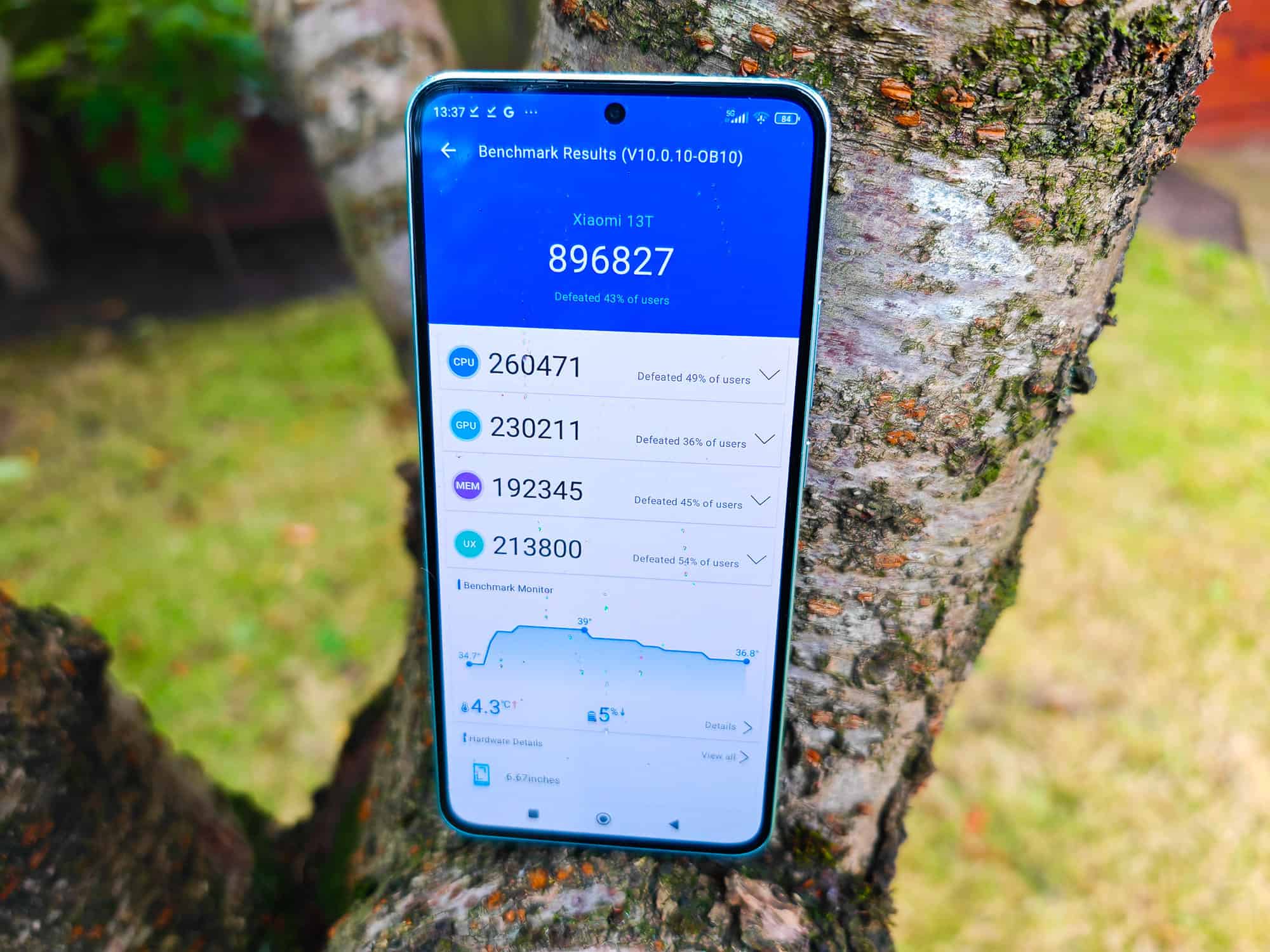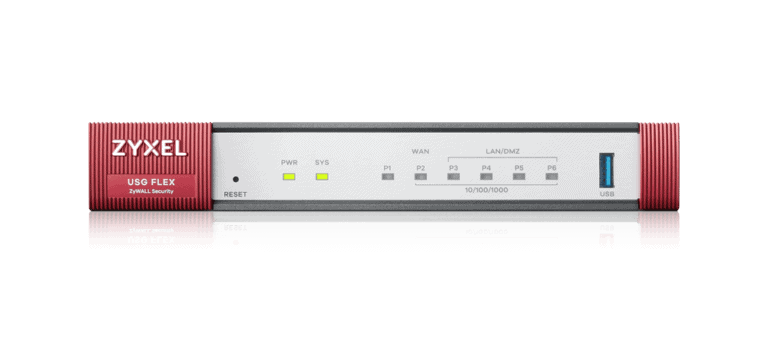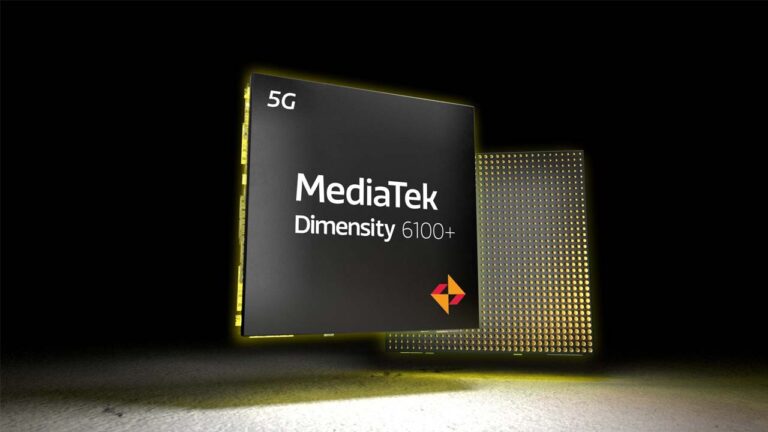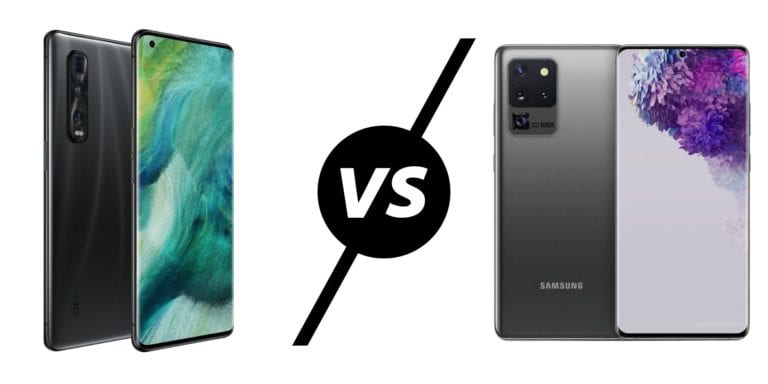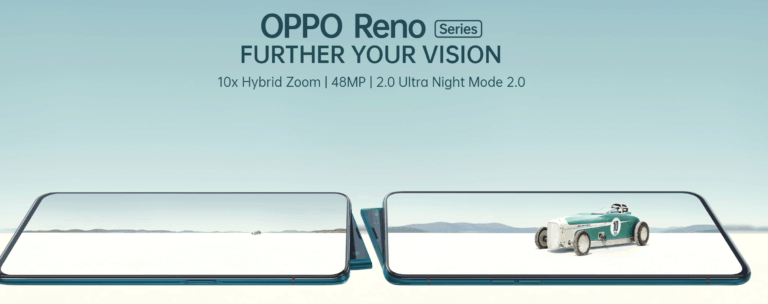Any links to online stores should be assumed to be affiliates. The company or PR agency provides all or most review samples. They have no control over my content, and I provide my honest opinion.
Earlier this week, Xiaomi announced their two latest phones, the Xiaomi 13T and the 13T Pro.
Both phones have impressive specifications while being relatively affordable compared to flagship phones that use the Qualcomm Snapdragon 8 Gen 2. Instead, these two phones use MediaTek, with the Xiaomi 13T using the Dimensity 8200-Ultra and the 13T Pro using the Dimensity 9200+.
I have the Xiaomi 13T in for review, and this will be live in the next week or two. In the meantime I have done some basic benchmarks to see how the Dimensity 8200-Ultra competes against other chipsets.
Sadly, I don’t have the 13T Pro, so I can’t compare the MediaTek Dimensity 9200+. However, I have the Honor Magic5 Pro with a Snapdragon 8 Gen 2 and the Realme GT Neo 3 with the Dimensity 8100.
Dimensity 8200-Ultra vs Dimensity 8100 vs Snapdragon 8 Gen 2 Specification
| Mediatek | Dimensity 8200-Ultra | Dimensity 8100 | Dimensity 9200+ | Snapdragon 8 Gen 2 |
|---|---|---|---|---|
| Process | TSMC 4nm (N4) | 5nm TSMC | TSMC 4nm 2nd Gen | TSMC 4nm (N4) |
| CPU | 1x Cortex-A78 @ 3.1GHz 3x Cortex-A78 @ 3.0 GHz 4x Cortex-A55 @ 2.0 GHz | 4x Arm Cortex-A78 @ 2.85GHz 4x Arm Cortex-A55 @ 2Ghz | 1 x Arm Cortex X3 @ 3.35 GHz 3 x Arm Cortex A715 @ 3.0GHz 4 x Arm Cortex A510 @ 2.0GHz | 1x 3.19GHz (Cortex-X3) 2x 2.8GHz (Cortex-A715) 2x 2.8GHz (Cortex-A710) 3x 2.0GHz (Cortex-A510) |
| GPU | Mali-G610 MP6 | Arm Mali-G610 MC6 1309 Gigaflops | Arm Immortalis G715 | Adreno 740 |
| Memory | LPDDR5 3200 MHz | LPDDR5 3200 MHz | LPDDR5X 8533Mbps | LPDDR5X |
Dimensity 8200-Ultra vs Dimensity 8100 vs Snapdragon 8 Gen 2 Benchmarks
Antutu
| Antutu | Total | CPU | GPU | MEM | UX |
|---|---|---|---|---|---|
| Snapdragon 8 Gen 3 iQOO 12 | 2084308 | 446149 | 906269 | 400131 | 331759 |
| Snapdragon 8 Gen 3 Samsung Galaxy S24 Ultra | 1945797 | 445818 | 817997 | 373210 | 308772 |
| Snapdragon 8 Gen 2 Honor Magic5 Pro V10 | 1367374 | 298680 | 583069 | 259642 | 225983 |
| Google Tensor G3 Pixel 8 Pro V10 | 1144447 | 355374 | 381544 | 177818 | 229711 |
| Dimensity 8200-Ultra Xiaomi 13T V10 | 896827 | 260471 | 230211 | 192345 | 213800 |
| MediaTek Dimensity 8100 Realme GT Neo 3 V10 | 871235 | 260194 | 215150 | 180938 | 214956 |
| Google Tensor G2 Pixel 7 Pro V10 | 848876 | 231239 | 289398 | 141067 | 187172 |
| Google Tensor Pixel 7 6 V10 | 845450 | 249800 | 236824 | 157931 | 200895 |
| MediaTek Dimensity 8050 Infinix Note 30 VIP V10 | 732420 | 205125 | 184374 | 158126 | 184795 |
It comes as no surprise that the Snapdragon 8 Gen 2 outclasses the Dimensity 8200-Ultra by a considerable margin. Looking online, the Xiaomi 13T Pro with the MediaTek Dimensity 9200+ achieves a score of 1,322,572 which almost matches the Snapdragon 8 Gen 2.
As for the Dimensity 8200-Ultra it achieves an excellent score, though it is only fractionally ahead of the Realme GT Neo 3 with the Dimensity 8100.
Geekbench
Geekbench 5
| Geekbench 5 | Chipset | Single Core | Multi Core |
|---|---|---|---|
| Honor Magic5 Pro | Snapdragon 8 Gen 2 | 1481 | 4932 |
| Honor Magic4 Pro | Snapdragon 8 Gen 1 | 1220 | 3569 |
| Xiaomi Mi 11 | Snapdragon 888 | 1139 | 3693 |
| OnePlus 9 Pro | Snapdragon 888 | 1109 | 3487 |
| Samsung Galaxy S21 Ultra | Exynos 2100 | 1079 | 3381 |
| Google Pixel 6 | Google Tensor | 1042 | 2957 |
| Xiaomi | Dimensity 8200-Ultra | 1005 | 3744 |
| OPPO Find X5 Pro | Snapdragon 8 Gen 1 | 976 | 3484 |
| Asus ROG Phone 3 S | Snapdragon 865+ | 975 | 3357 |
| Realme GT Neo 3 | Dimensity 8100 | 966 | 3672 |
| OPPO Find X3 Pro | Snapdragon 888 | 928 | 3357 |
| Realme X50 Pro | Snapdragon 865 | 910 | 3205 |
| Infinix Note 30 VIP | Dimensity 8050 | 854 | 3047 |
| Redmi K30 Ultra | Dimensity 1000+ | 782 | 2890 |
| Samsung Galaxy S20 | Exynos 990 | 772 | 2590 |
Geekbench 6
| Chipset | Single Core | Multi Core |
|---|---|---|
| Snapdragon 8 Gen 3 iQOO 12 | 2250 | 6909 |
| Snapdragon 8 Gen 3 Samsung Galaxy S24 Ultra | 2103 | 6640 |
| Snapdragon 8 Gen 2 | 1949 | 5235 |
| Tensor G3 | 1763 | 4409 |
| Tensor G2 | 1410 | 3410 |
| Tensor | 1264 | 3283 |
| Dimensity 8200-Ultra | 1119 | 3733 |
For some odd reason, I can’t get Geekbench 6 to run on the Realme GT Neo 3.
In Geekbench 5, the results are good, but with it being limited to the Cortex-A78, it lags behind the relatively old Qualcomm Snapdragon 888. However, it is arguably better than the Google Tensor chipset, with a much higher score for multicore.
It then has a small advantage over the Dimensity 8100 with a score that’s 4% higher for the single performance,
3DMark Wildlife Stress Test & Thermal Throttling

| 3DMark | Chipset | Wild Life High | Wild Life Low | Stability | Temperature | Battery |
|---|---|---|---|---|---|---|
| iQOO 12 Retest | Snapdragon 8 Gen 3 | 18346 | 12144 | 66.2% | 26° to 42° | 87% to 73% |
| iQOO 12 First Test | Snapdragon 8 Gen 3 | 18087 | 7549 | 41.7% | 25° to 39° | 96% to 82% |
| Samsung Galaxy S24 Ultra | Snapdragon 8 Gen 3 | 17580 | 9828 | 55.9% | 24° to 42° | 79% to 66% |
| Honor Magic5 Pro | Snapdragon 8 Gen 2 | 12726 | 8567 | 67.3% | 19° to 38° | 100% to 92% |
| Honor Magic4 Pro | Snapdragon 8 Gen 1 | 10189 | 6445 | 63.3% | 24° to 44° | 86% to 72% |
| OPPO Find X5 Pro | Snapdragon 8 Gen 1 | 9537 | 6060 | 63.5% | 21° to 44° | 33% to 23% |
| Pixel 8 Pro | Google Tensor G3 | 8434 | 5599 | 66.4% | 27° to 44° | 83% to 72% |
| Pixel 7 Pro | Google Tensor G2 | 6527 | 4766 | 73% | ||
| Pixel 6 | Google Tensor | 6908 | 3487 | 50.5% | ||
| Xiaomi 13T | Dimensity 8200-Ultra | 6485 | 5879 | 90.7 | 28° to 42° | 83% to 74% |
| OnePlus 9 Pro | Snapdragon 888 | 5775 | 3489 | 60.3% | ||
| OPPO Find X3 Pro | Snapdragon 888 | 5765 | 3804 | 66% | ||
| Samsung Galaxy S21 Ultra | Exynos 2100 | 5466 | 6404 | 62.3% | ||
| Xiaomi Mi 11 | Snapdragon 888 | 5550 | 5045 | 90.9% | ||
| Realme GT | Snapdragon 888 | 5850 | 3234 | 55.3% | ||
| Oppo Find X3 Neo | Snapdragon 865 | 5038 | 4942 | 98.1% | ||
| Realme GT Neo 3 | Dimensity 8100 | 5446 | 5399 | 99.1% | 32° to 38° | 100% to 94% |
| Infinix Note 30 VIP | Dimensity 8050 | 4565 | 4506 | 98.7 | 31° to 46° | 100% to 91% |
| OnePlus Nord 2 | Dimensity 1200 | 4161 | 2932 | 70.5% |
The 3DMark Wildlife reveals impressive results. Of course, it can’t compete with the Snapdragon 8 Gen 2, but it compares well to all other chipsets. Even when you look at the Snapdragon 8 Gen 1, due to the superior thermal efficiency, the score is more stable, and the low score is only 3% less than the Snapdragon. Again, due to the lack of thermal throttling, the Dimensity 8200-Ultra is a superior chipset to the Google Tensor on the Pixel 6 Pro for prologued gaming sessions.
In comparison to the Dimensity 8100, the high score is 19% better, and the low score is 9% better.
Overall
The Dimensity 8200-Ultra is an excellent upper mid-range chipset that will offer a flagship-like user experience for most scenarios.
The Xiaomi 13T with 8+256G is priced at £549, which I think is a bargain considering the overall specification. There are not many phones at this price point with two excellent rear cameras. I’d say the package as a whole makes this a more appealing phone than the Pixel 7/8.
While I haven’t personally tested the Xiaomi 13T Pro it looks like the MediaTek Dimensity 9200+ will offer a similar level of performance as the Snapdragon 8 Gen 2. The base configuration of this phone comes with 12GB RAM and matches the 256GB storage, you then have Wi-Fi 7 support (vs Wi-Fi 6) and the 120W hyper charger.
The Xiaomi 13T Pro only costs an additional £100, and if you can afford that extra money, then I’d say there is enough of a difference with the Pro model to justify buying it over the standard 13T.
I am James, a UK-based tech enthusiast and the Editor and Owner of Mighty Gadget, which I’ve proudly run since 2007. Passionate about all things technology, my expertise spans from computers and networking to mobile, wearables, and smart home devices.
As a fitness fanatic who loves running and cycling, I also have a keen interest in fitness-related technology, and I take every opportunity to cover this niche on my blog. My diverse interests allow me to bring a unique perspective to tech blogging, merging lifestyle, fitness, and the latest tech trends.
In my academic pursuits, I earned a BSc in Information Systems Design from UCLAN, before advancing my learning with a Master’s Degree in Computing. This advanced study also included Cisco CCNA accreditation, further demonstrating my commitment to understanding and staying ahead of the technology curve.
I’m proud to share that Vuelio has consistently ranked Mighty Gadget as one of the top technology blogs in the UK. With my dedication to technology and drive to share my insights, I aim to continue providing my readers with engaging and informative content.

